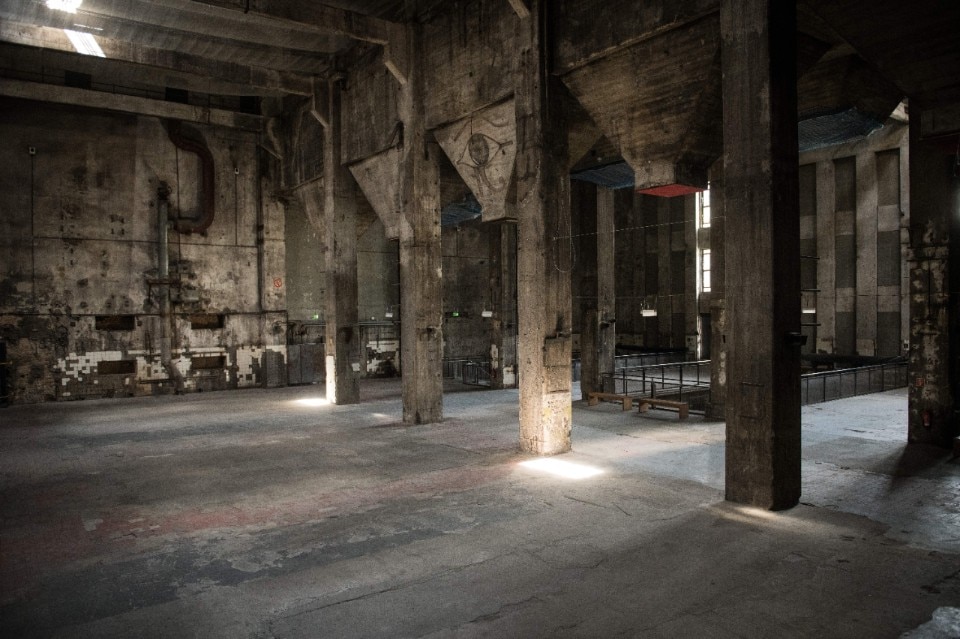by Noel Nicolaus
In March of this year, Berlin’s techno culture became part of UNESCO’s intangible heritage, which protects rituals, traditions, and festivities from all over the world. A decision that has not failed to arouse some perplexity, but for which there are good reasons. Because while there is no doubt that House and Techno were born in the 1980s from the ingenuity of the African-American communities of Chicago and Detroit, it is equally undeniable that in Berlin electronic music encountered a historically unique environment, which favoured its proliferation and evolution into a mass movement.
A development that would have been unthinkable without the vast reserves of abandoned spaces that the German capital had at its disposal in the aftermath of the fall of the Wall, when the collapse of the GDR and the end of West Berlin’s insularity created immense urban voids that youth subcultures, first and foremost techno, were quick to fill.
However, this modern fairytale has undergone a drastic change in recent years: the city is changing and the number of clubs appears to be steadily declining, making Clubsterben (‘club demise’) a real political issue. According to a 2019 study, Clubkultur attracts no less than 3.5 million tourists a year to Berlin, generating a turnover of at least EUR 1.5 billion. Not to mention the image return for a city that competes with London and Paris for the European title of startup capital, prompting founders and investors to bet on Berghain nights as a Standortfaktor (= strategic location factor).

Berlin’s clubs thus find themselves in a paradoxical situation: squeezed on the one hand by inflation and threatened by increasing gentrification, on the other hand they enjoy unprecedented, transversal political support.
In Berlin electronic music encountered a historically unique environment, which favoured its proliferation and evolution into a mass movement.
To understand what makes Berlin’s techno culture so special, one cannot help but talk about them: the clubs. The Clubkataster (literally ‘Club Cadastre’) created by the Clubcommission, an association founded in 2000 to protect the interests of the nightlife scene, counted 85 clubs scattered throughout the city in 2023, with a strong concentration in the east, particularly in the districts of Friedrichshain and Kreuzberg.
The Unforgotten: E-Werk and Bunker
We begin by recalling two spaces that no longer exist, but which have left an indelible mark on the city’s collective memory. Let us start with the legendary ‘E-Werk’: a name that, as is often the case with Berlin clubs, pays homage to the original function of the building that housed it. In this case, a power station, built in 1885 and remodelled between 1924 and 1928 by Hans Heinrich Müller, a local champion of Backsteinexpressionismus ("brick expressionism").
In the 1990s, together with the neighbouring Tresor (the original one, located on Leipziger Strasse - more on this in a moment), E-Werk became one of the main incubators of Berlin’s Clubkultur. Today, those times seem long gone, although the current owners do not fail to recall this eventful history in order to promote the building’s vast post-industrial spaces, skilfully renovated by HS-Architekten, as a location for glossy commercial events.
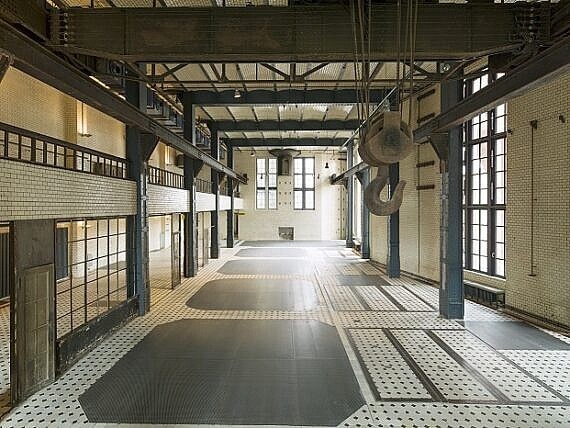
While at E-Werk DJs would play mainly House music, fans of Gabber and Tekkno Hardcore music preferred the ‘Bunker’ on Albrechtstrasse, a few steps from Friedrichstrasse: a gigantic WWII air raid shelter, built by Karl Bonatz in neoclassical style. After having earned itself a reputation as the city’s most ‘extreme’ club, in 1996 it was closed by the authorities for security reasons.
Today the Bunker - an immense concrete cube measuring 18 metres on each side - no longer hosts raves, but artworks. Visiting its labyrinthine interior is easy: just book a visit to the private collection of Christian and Karen Boros, among the capital’s best-known patrons. Unfortunately, the spectacular and extremely luxurious rooftop penthouse, built by Berlin-based Realarchitektur, is not so easy to access.
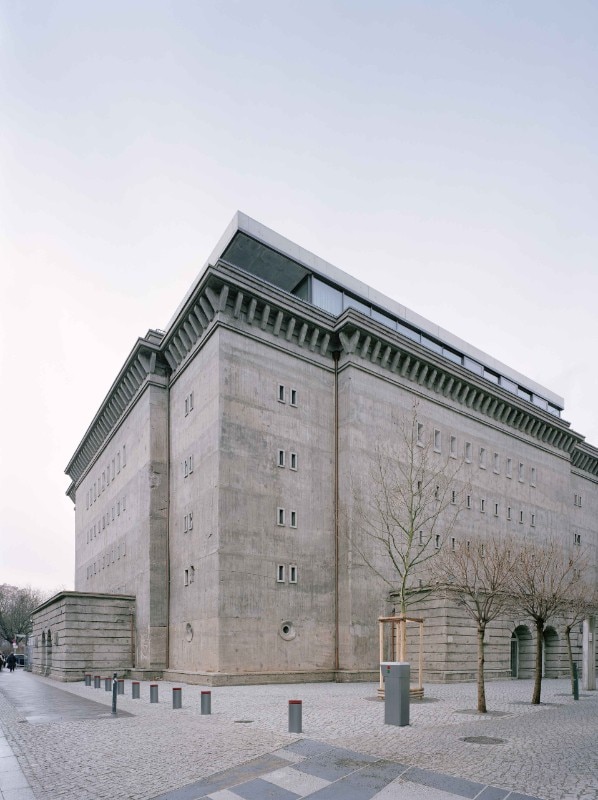
Cult clubs: Tresor and Bar 25
Like the clubs in the previous category, ‘Tresor’ was born from the creative contamination of a ruined building: more precisely, the Kaufhaus Wertheim on Leipziger Platz, built between 1896 and 1906 by Alfred Messel. Of this spectacular cathedral of commerce, which in its time fascinated the Berlin public and inspired architects such as Bruno Taut and Ludwig Mies van der Rohe, the turmoils of history had spared nothing except the gigantic underground safe (‘Tresor’ means ‘safe’ in German). From 1991 to 2007, these uniquely fascinating, long-forgotten spaces housed the city’s most famous club.
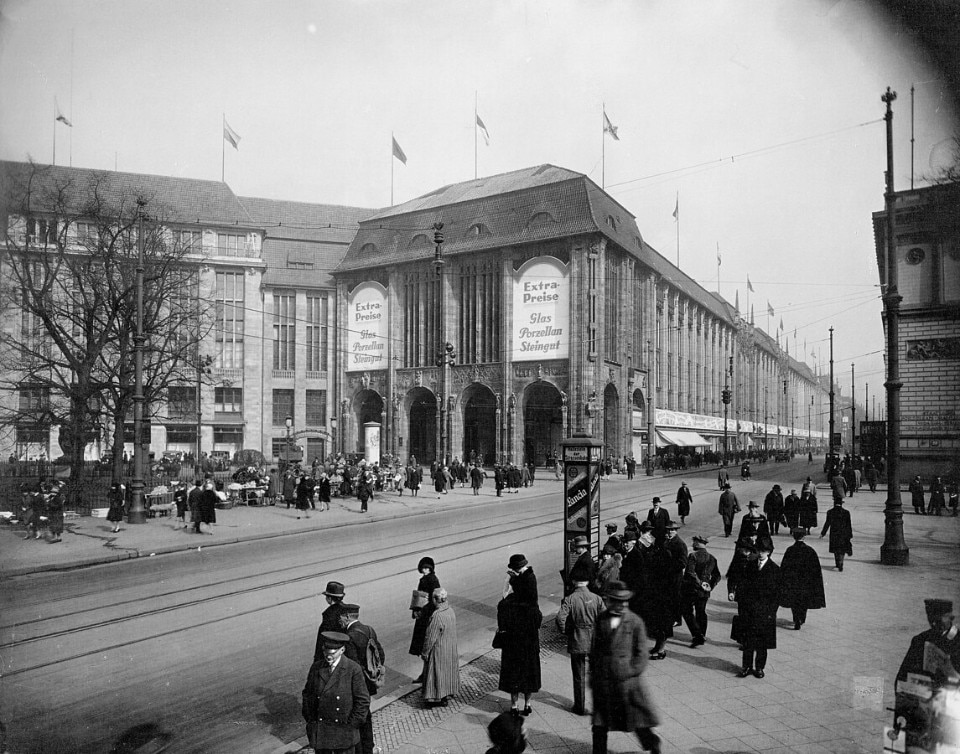
Today, those who want to look for traces of these days may end up disappointed. In a way, Leipziger Platz has gone back to its roots: where the hypnotic sounds of electronic music once resounded, today stands the Mall of Berlin, a gigantic, predictable shopping mall designed by TCHOBAN VOSS. It could have turned out differently: in 1996, Tresor co-founder Dimitri Hegemann and the new owner of the block, Peter Kottmair, had imagined a ‘Tresor Tower’, complete with recording studios, restaurants, offices for booking agencies and a radio station. The project, signed by Soeren Roehrs, never saw the light of day, and Tresor was forced to move to a former heating plant on Köpenicker Straße, where it still stands today.
Years later, the idea found brave emulators: we speak of the promoters of ‘Holzmarkt 25’, located at number 25 of the street of the same name on the border between Kreuzberg, Friedrichshain and Mitte. A crucial area for the history of Berlin clubs born in the 2000s: the ‘new’ Tresor is only a few hundred metres away, just like the legendary Berghain, which we will talk about in a moment. On paper, we are in a very central area, well inside the S-Bahn-Ring, the circular railway that acts as an informal border between the city’s centre and its suburbs. In practice, we find ourselves in one of those areas of Berlin where the urban fabric, even 35 years after the fall of the wall, appears jagged, inconsistent, traumatised: reliable indicators that this was a border zone between East and West.
In 2003, on this no man’s land directly on the Spree, rented cheaply from the municipal waste company, a group of free spirits with a keen sense of show business and entrepreneurship created the most famous after-hours party venue in the entire city. Legend has it that the first core of Bar 25 was built with salvaged materials, obtained from a nearby construction site in exchange for a crate of beer. The result was a unique architecture, expanded over the years to create a veritable village: a mixture of Western Saloon, Barnum Circus and dreamy shanti-town. A peculiar DYI aesthetic that would leave its mark, inspiring an important number of clubs that sprang up around 2010: “Sysyphos”, “Ritter Butzke” and “Wilde Renate”, to name the most famous and long-lived ones.
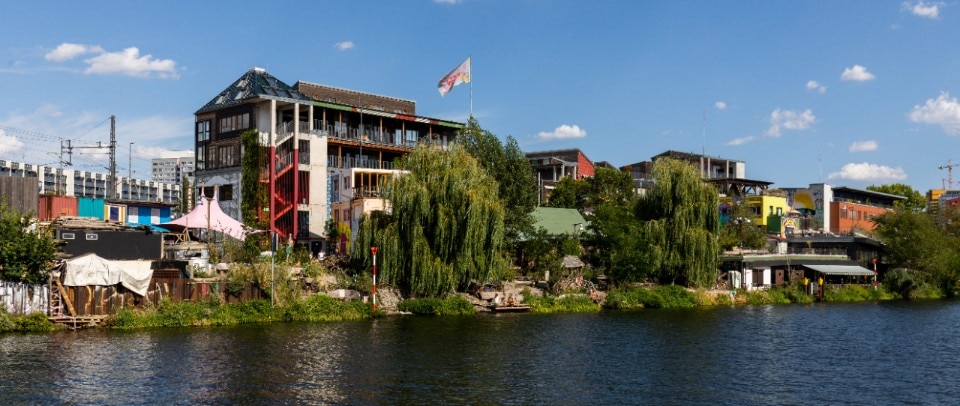
Then, in 2010, the epilogue. The land on which Bar 25 stood is in fact part of Mediaspree, the most controversial and debated urban redevelopment project in Berlin in the early 2000s. Its aim: to convert the land along the Spree, where the dividing line between the two halves of the city once ran, into a proliferating district for creative industries. Too bad that, just as this plan saw the light of day and the land was being sold to the highest bidders, this terra nullius had become the epicentre of Berlin’s clubkultur. A consultative referendum against it and vast demonstrations promoted by an unusual alliance of ravers, left-wing activists and ordinary citizens were to no avail: today the area is unrecognisable, amid modern multi-purpose arenas, shopping malls and skyscrapers.
With one important exception. With the support of a Swiss foundation, the co-founders of Bar 25 managed to create a cooperative, the Genossenschaft für urbane Kreativität (‘Cooperative for Urban Creativity’). The aim: to redevelop the area where the club once stood. The result is one of the most controversial and unusual urban planning experiments in recent Berlin history, a multifunctional urban centre called ‘Holzmarkt 25’, complete with bars, restaurants, shops, offices, a kindergarten - and a new club, the ‘Kater Blau’. In some ways, the area is reminiscent of the late Tacheles (we talked about it in this article): a tame version of alternative Berlin, where you can bring parents and friends visiting from abroad, but perhaps with a touristy, sterile feel.
The icon: Berghain
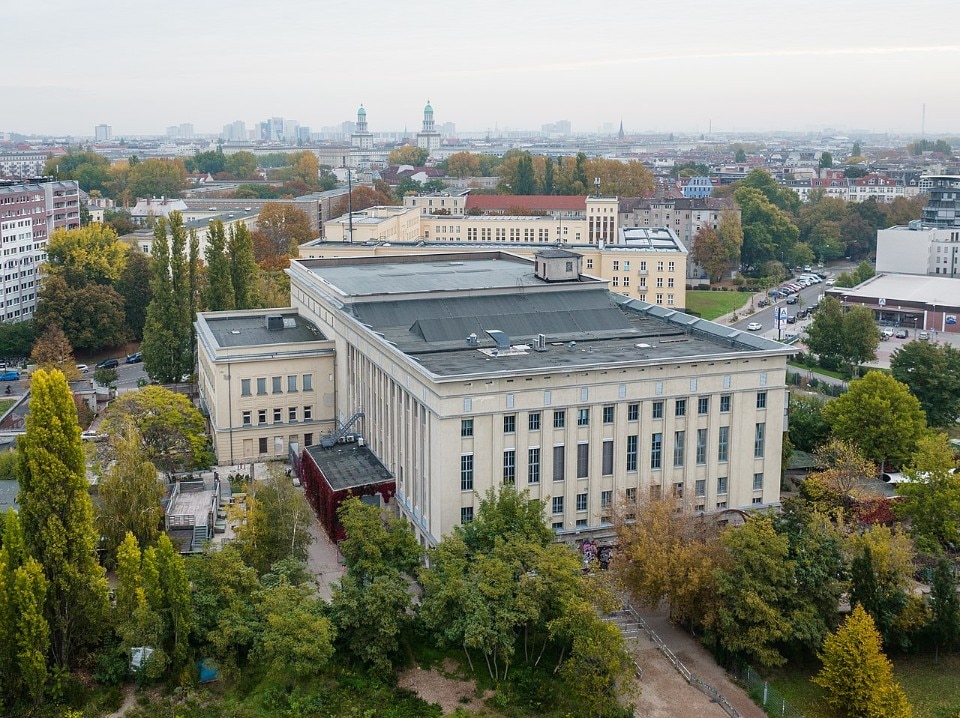
Debatably touristy, but certainly far from sterile, is the next location this article will deal with: we are talking about Berghain, a club to which countless articles, books and even research papers have already been dedicated. Rather than recalling here its complex mythology, by now so well known that it gets regularly cited in Hollywood films and pop songs - the endless queue at the entrance, the ruthless selection process, the charismatic bouncer-cum-cerberus Sven Marquardt, the legendary Funktion-One sound system, the endless parties, the dark rooms - here we want to concentrate, as we did for the other mentioned clubs, on the history and characteristics of the space that hosts it.
Once again, a thermal power station: an architectural category that for its intrinsic qualities seems to lend itself particularly well to its reuse as a club. In the case of the Berghain (the name is an obvious homage to the Bezirk of Friedrichshain-Kreuzberg), we are talking about a building constructed between 1952 and 1955 to supply energy to the nearby Stalinallee (today Karl-Marx-Allee),a famous monumental avenue in the neoclassical socialist style, built on the orders of Soviet dictator Joseph Stalin.
The façade, characterised by vertically scanned windows and crowned by a minimalist intuition of a cornice, gives the building the appearance of an austere post-industrial temple: an aesthetic at once monumental and spartan, which lends itself well to inducing a sense of deference in the endless lines of visitors. The long, anxious wait to pass (or fail) the dreaded selection, finally gives way to a quick succession of small, cramped spaces, in which the other aspects of the ‘access ritual’ manifest themselves: the search of bags; the covering, by means of special stickers, of phone cameras; and finally, the final consecration of the lucky ones through payment and bestowal of the entrance stamp. A sense of bewilderment follows, which soon turns into genuine amazement at the effective mise-en-scène of the vast, up to 18 metres high interior spaces.
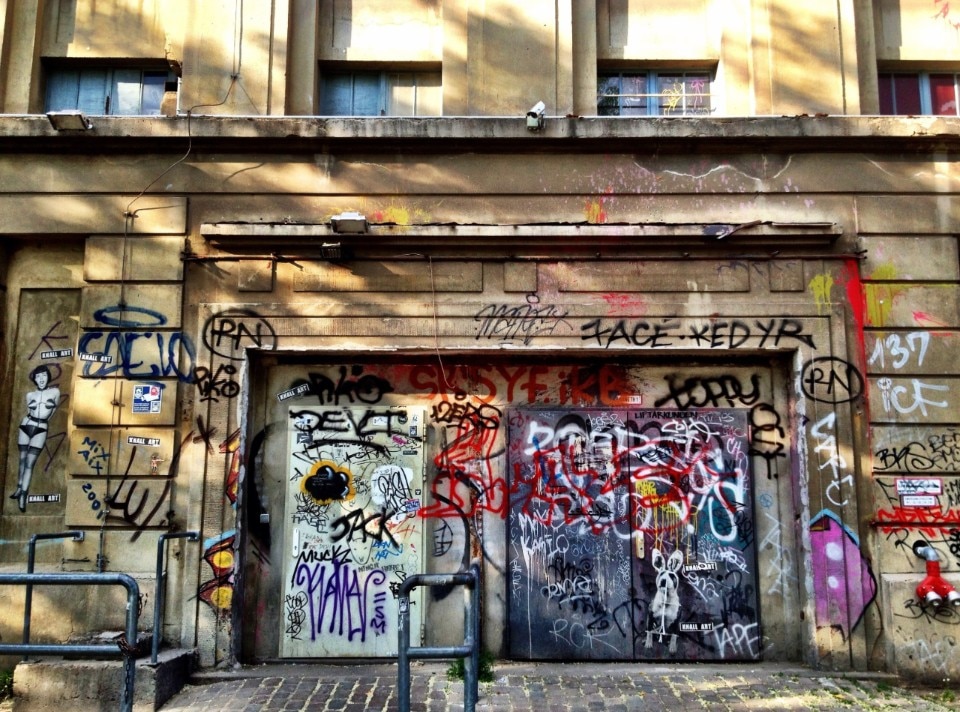
Much has been written about the work of the Berlin studio karhard, responsible for the club’s design. One of the best reviews remains that of Christine Rüb and Anh-Linh-Ngo in ARCH+ magazine (ARCH+ 201/202, 2011: Berlin). Their description of the Berghain as an Ermöglichungsmaschine (“enabling machine”), a concept inspired by Cedric Price’s “Fun Palace”, is fitting: a kind of “anti-building”, highly flexible, capable of containing and encouraging a multitude of functions, defined by the interaction of the public passing through its spaces.
One could even discomfort a classic concept such as the “Gesamtkunstwerk”: architecture, photography, design, sculpture, and of course music and performativity - of the public, the staff and the artists - converge in Berghain to create a totalising experience, which does not seem out of place to liken to the Wagnerian concept of the ‘total work of art’. An impression reinforced by the important presence, throughout the building, of numerous installations and works of art created on commission (for example, the works of Piotr Nathan, Marc Brandenburg and Wolfgang Tillmans).
The Newcomers: Alte Münze and Rso
Given these precedents, it is therefore not surprising that Berghain has benefited in recent years from public funding usually reserved for opera houses, or that during the pandemic it turned into a museum, complete with works of art from the Boros collection (yes, the one from the Bunker). Turistification and musealisation: will this be the future of Berlin’s clubs?
The last two clubs in this short review provide us with a possible answer. They share the a certain size and character of the context in which they are located, but find themselves at the antipodes of the city’s geography: the first very central, the second in the suburbs. We speak of “Alte Münze” and “Revier Süd-Ost”, or “Rso”, located respectively in what was once the old state mint and in a former brewery.
Three decades after the fall of the Wall, despite significant investments and redevelopment projects, there are still important space reserves left in the German capital. One needs to look no further than a few hundred meters from the famous Alexanderplatz, opposite the reconstructed Nikolaiviertel. Here, one can find a heterogeneous ensemble of buildings, some even baroque in origin, where the state mint was located from the 1930s until 2005. Where Reichsmark, Deutsche Mark, and Euro were minted for decades, today there are workshops, cafés, exhibition spaces, and – of course – a club. The “Alte Münze” (“Old Mint”) owes its fame mainly to the “Pornceptual” parties, a good representation of what is perhaps the last decade’s most influential phenomenon of the Berlin club scene.
We are talking about the proliferation of so-called “sex positive” parties, evenings in which participants are invited to collectively create a “safe space”, in which they can explore their gender identity and fantasies, under the banners of tolerance, empathy and mutual respect. Sexuality and eroticism have always been an important component of Berlin’s techno scene, but a pioneering role in connecting the niche “kinky” and bdsm worlds to the more mainstream techno scene has to be credited to the famous KitKat Club, located a few hundred metres from the new Tresor. It was KitKat that hosted the first “Gegen” parties in 2011, co-founded and organised by three Italians: Francesco ‘Warbear’, Fabio ‘Boxikus’ and Alessia ‘A/Ona’.
@stellabossi Welcome to the Kit Kat Club. Come to my parties! They are legendary 🔥 IG: Stella Bossi #kitkatclub #berlin #clubs #techno #030 ♬ Originalton - Stella Bossi
More than ten years after its foundation, Gegen continues to enjoy excellent health, so much so that the labyrinthine and cramped spaces of the KitKat proved too small to contain the crowds attracted by the event. Gegen was thus relocated to the “Revier Süd-Ost” (RSO), heir club to the famous “Griessmühle” (“semolina mill” – yes, it actually was a mill!) in Neukölln, which was forced to close to make way for an office campus. An important detail: RSO is located in a former brewery in Schöneweide, a district in the deep eastern suburbs of the capital. Thanks to its important industrial heritage, this area has experienced considerable development in recent times, attracting artists and creative people fleeing the rampant gentrification of the central districts. Just a few years ago, a club more than 40 minutes by train from the centre would have been unthinkable: today RSO is perhaps the prototype of what could be the future of Berlin’s techno scene.
At the end of this journey into the world of Berlin Techno, the question remains: will the promotion to ‘high’ culture save Berlin Clubkultur, or rather mark its definitive decline? Probably both - although it still seems too early to make a judgement. Certainly, in the future it will be worth continuing to observe this peculiar part of the German capital’s cultural scene, whose fate remains inextricably linked to the city’s destiny.
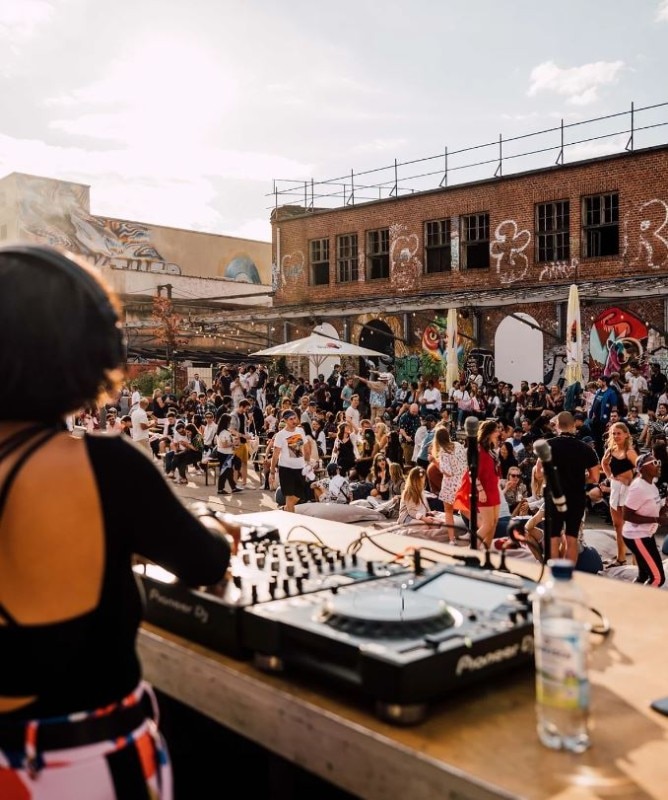
Opening image: photo Stefanie Loos


